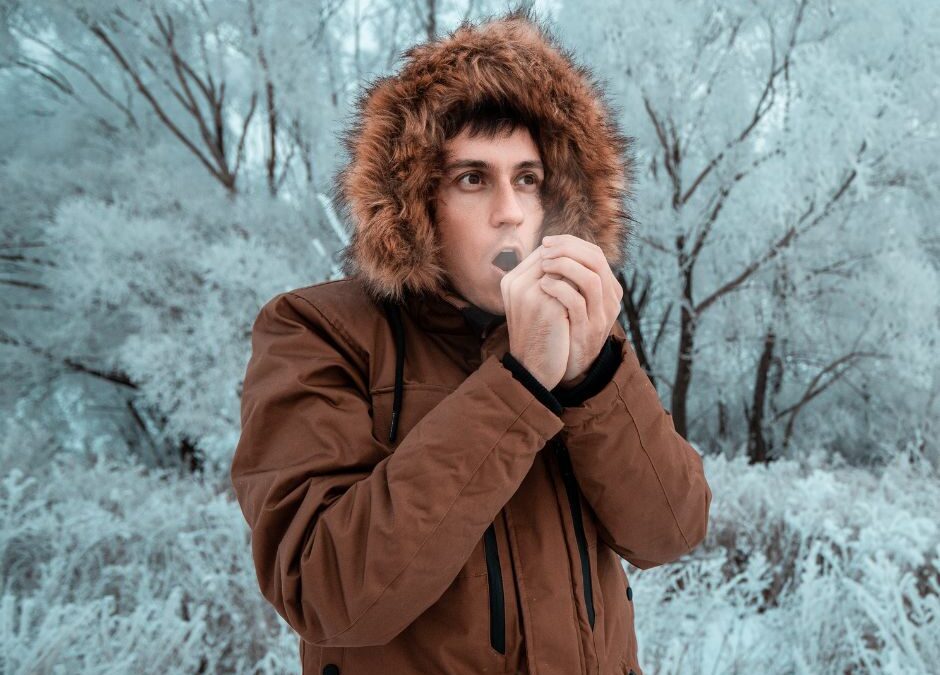Preventing hypothermia is important because it can be a life-threatening condition. Hypothermia occurs when your body loses heat faster than it can produce it, causing your core body temperature to drop below the normal range (around 98.6°F or 37°C). Preventing hypothermia involves taking measures to stay warm, dry, and protected in cold environments. Take proactive steps to avoid hypothermia.
Dress in Layers
- Wear multiple layers of clothing to trap warm air close to your body.
- Use moisture-wicking base layers to keep sweat away from your skin.
Stay Dry
- Wet clothing can significantly increase the risk of hypothermia. Ensure your outer layer is waterproof or water-resistant.
- Change into dry clothes if you get wet.
Protect Extremities
- Wear gloves, hats, and warm socks to protect your hands, head, and feet.
- These areas are prone to heat loss, so keeping them covered is crucial.
Stay Active
- Physical activity generates body heat. Keep moving to maintain warmth.
- Avoid long periods of inactivity in cold conditions.
Seek Shelter
- If you’re in a cold environment, find or create shelter to protect yourself from wind and precipitation.
Stay Hydrated and Well-Fed
- Dehydration and lack of food can make your body more susceptible to hypothermia. Stay nourished and hydrated.
Know the Signs
- Be aware of the symptoms of hypothermia, such as shivering, confusion, slurred speech, and fatigue. Seek medical help if you notice these signs.
Avoid Alcohol and Tobacco
- Alcohol can cause your body to lose heat more quickly, and tobacco can restrict blood flow. Avoid these substances in cold environments.
Stay Informed
- Be aware of weather conditions and plan accordingly. Check forecasts before heading out, and be prepared for changing conditions.
Remember that the severity of hypothermia can vary, and individual susceptibility may depend on factors such as age, health condition, and environmental conditions. Taking preventive measures is essential for maintaining overall well-being and reducing the risk of serious health complications associated with hypothermia.

